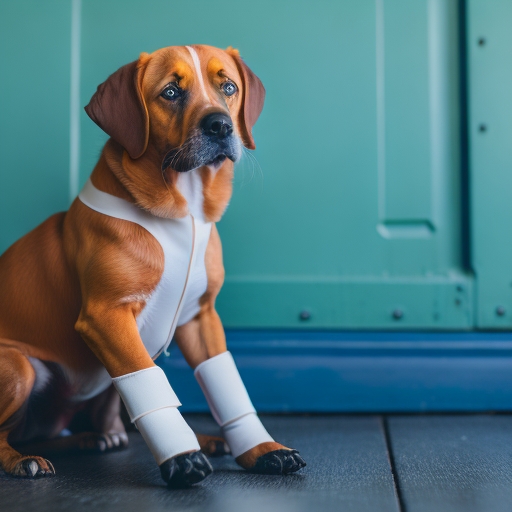Tips for training a reactive or aggressive dog
Tips for Training a Reactive or Aggressive Dog
Training a reactive or aggressive dog can be a challenging endeavor, but with patience, consistency, and the right approach, positive changes can be achieved. Here are some essential tips to help you in the process:
-
Understand the triggers: Identify the specific situations or stimuli that provoke your dog’s reactive or aggressive behavior. This could include encountering other dogs, unfamiliar people, loud noises, or certain objects. By recognizing these triggers, you can better prepare and manage them.
-
Seek professional guidance: Consult with a professional dog trainer or animal behaviorist experienced in working with reactive or aggressive dogs. They can provide expert advice tailored to your dog’s unique needs and help develop a customized training plan.
-
Create a calm environment: Ensure that your dog has a peaceful and secure environment at home. Minimize noise, distractions, and potential stressors that may contribute to their reactive or aggressive behavior.
-
Socialize gradually: Gradual exposure to new people, dogs, and environments can help desensitize your dog to potential triggers. Start with controlled, positive experiences, and gradually increase the level of difficulty as your dog becomes more comfortable.
-
Use positive reinforcement: Reward your dog for calm and non-reactive behavior. Use treats, praise, and toys to reinforce positive actions. This approach encourages your dog to associate positive experiences with potentially triggering situations.
-
Teach basic obedience commands: Training your dog in basic commands like “sit,” “stay,” and “leave it” can provide a foundation for better control and management in challenging situations. Consistency is key, so practice these commands regularly.
-
Manage their environment: Use tools like a sturdy leash, muzzle, or head halter to ensure control and safety during walks or encounters with potential triggers. Be mindful of your dog’s comfort and never leave them unsupervised in potentially stressful situations.
-
Avoid punishment: Punishing a reactive or aggressive dog can worsen their behavior and increase fear and anxiety. Instead, focus on redirection, positive reinforcement, and rewarding alternative behaviors to replace unwanted reactions.
-
Stay calm and assertive: Dogs are highly perceptive and can pick up on human emotions. It’s crucial to remain calm and assertive during training sessions and encounters with triggers. Your own anxiety or frustration can escalate your dog’s reactions.
-
Patience and consistency: Changing reactive or aggressive behavior takes time. Be patient and consistent in your training efforts, and understand that progress may come in small steps. Celebrate every small victory and stay committed to the training process.
Remember, every dog is unique, and what works for one may not work for another. Tailor your approach based on your dog’s specific needs and consult professionals when necessary. With time, effort, and the right techniques, you can help your reactive or aggressive dog become more balanced and well-behaved.

